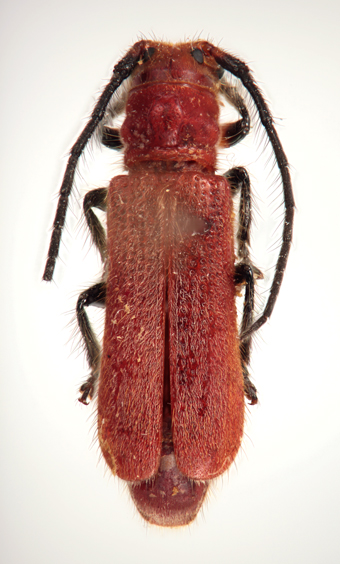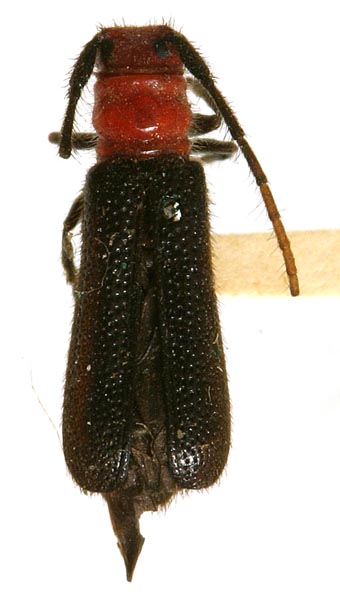|
Tetraopini Classification
Selected References to Larvae Specimens
|
 Phaea coccinea Bates, 1866; dorsal Cerambycidae:Lamiinae:Tetraopini Photograph © G.D. Ouellette  Phaea monostigma (Haldeman, 1847); dorsal holotype specimen Cerambycidae:Lamiinae:Tetraopini Photograph © S.W. Lingafelter  Tetraopes femoratus LeConte, 1847; dorsal holotype specimen Cerambycidae:Lamiinae:Tetraopini Photograph © S.W. Lingafelter |

